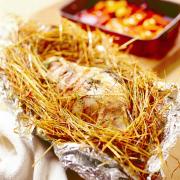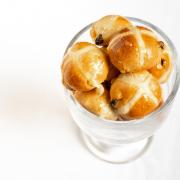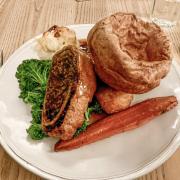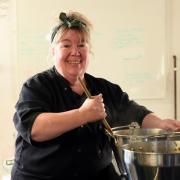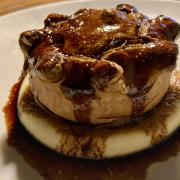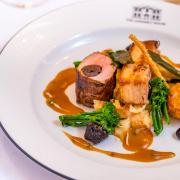Matching wine to food is a inexact science, but can be rewarding when done right, says Dr Arabella Woodrow from Broadland Wineries
If you look on the back of any wine label there is usually a food match recommendation. This is intended to help you choose the right food to eat with your wine, but how often does it just say it would be good with chicken/pasta/red meats/fish?
The first rule of food and wine matching is – there are no rules! That said, dishes that feature red meat will generally go better with red rather than white wine, as the protein in the meat needs a substantial wine, and tannin in the red is softened in turn. Fish dishes are usually more suited to whites or rosés as reds usually makes the dish taste sour and metallic. So it would be a dry Italian white with spaghetti and clams and a red with bolognaise.
Plain dishes are easy, but if there is added flavouring or a sauce then extra care is needed. Strong flavours will overwhelm delicate wines, but that does not necessarily mean big, alcoholic wines are the answer.
A good example of this is with hot or spicy curries; attempts to match with big spicy reds leave a harsh, bitter taste. Instead try a fruity rosé or a Pinot Grigio or Chenin Blanc, all preferably with alcohol not exceeding 12.5%.
Shellfish need a drop of acidity (such as a squeeze of lemon juice) to showcase their delicate flavours, so acidic, and neutral tasting, whites such as Muscadet, Soave, Côtes de Gascogne or Pinot Grigio are good choices.
Vegetables dishes can certainly be enhanced with a glass of wine, and are also available as suitable for vegetarians, and also vegans, depending on what additives are used in the winemaking. Tomatoes, being quite acidic, don’t always go with a big heavy red, so try a crisp white or rosé, or a light red such as Beaujolais. On the other hand, dishes based on pulses (beans, lentils etc) do like a gutsy red, so you can wheel out the Shiraz!
If the dish, vegetable-based or otherwise, contains cheese, there are a few helpful pointers to note. Most cheeses happily pair with red wine, but blue cheese does not (the mould makes the wine bitter and harsh), so try whites with a touch of sweetness.
Strong cheddar is often a really good match with oaky white wine, Chardonnay especially, whilst light, sharper cheeses such as goat prefer acidic white such as Sauvignon Blanc or Chenin Blanc. A good tip is to pair a cheese with wine from the same country of origin, e.g. Manchego with Rioja, Chevre with a Loire white, Parmesan with Pinot Grigio.
So there are no hard and fast rules, but if you find a combination you like, even if it seems unconventional, then stick with it.
This will be my last article for EDP Norfolk magazine so please do follow Broadland Wineries on social media and pop by our website for more tips and recommendations.









